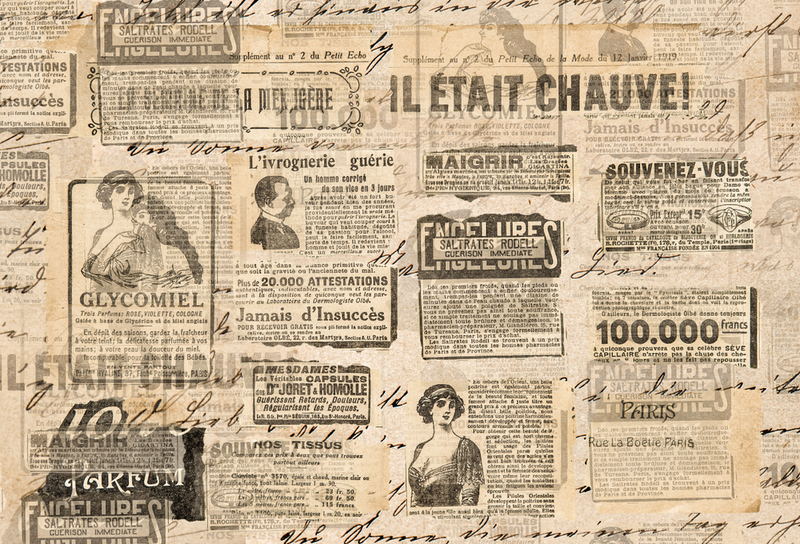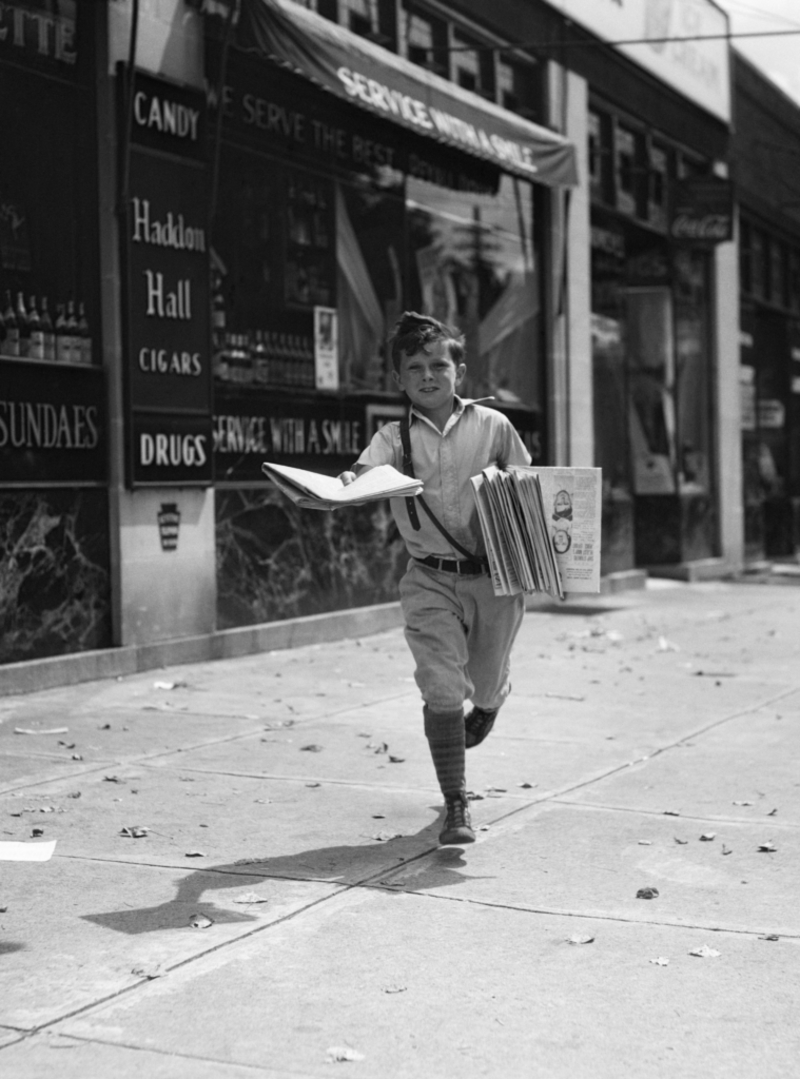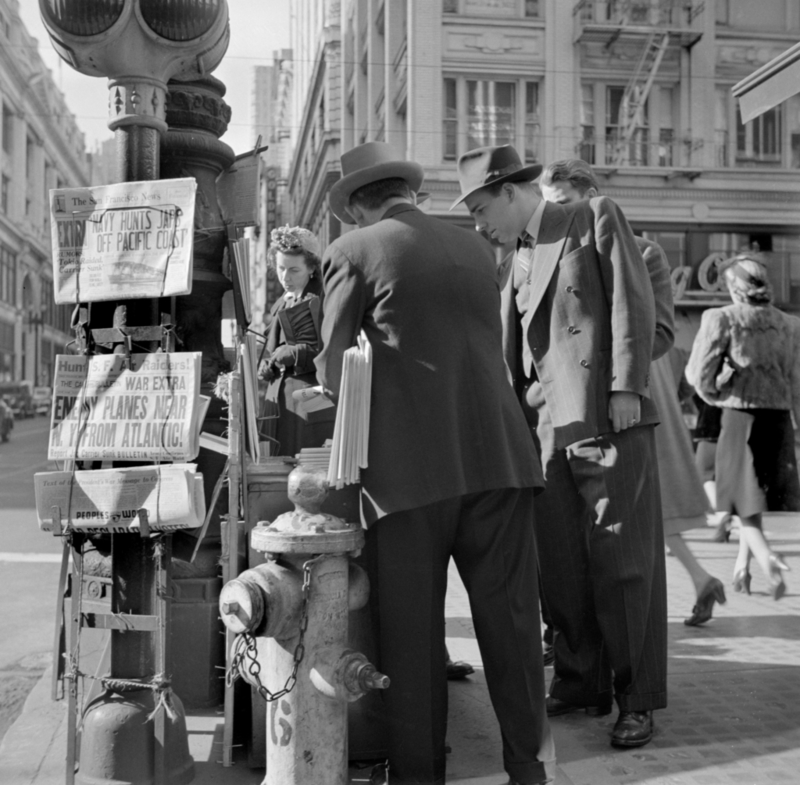
Handwritten Paper
The oldest immediate ancestor of modern newspapers is the handwritten newspaper that was widely circulated in Venice as early as 1566. These weekly newspapers were filled with information about wars and politics in Italy and Europe. In the 17th century, newspapers started circulating, and in 1665, Britain’s first newspaper was published. Newspapers gained popularity during the late nineteenth century. In the 18th and early 19th centuries, newspapers levied stamp duty, which made them expensive to afford. However, the newspaper stamp duty was abolished in 1855, and newspapers became cheaper and endearing to the masses.

Paper History
During the nineteenth century, reporters started using Telegraph as a means of rapidly acquiring news from their sources. In 1880, The New York Graphic became the primary newspaper to print photos. In the UK, the most popular newspaper was the Daily Graphic, distributed in 1890. In the year 1891, it became the first British newspaper to print photos. In the twentieth century, newspapers became more common. A newspaper named “Day by day Mail” was first distributed in 1896; the “Everyday Express” was first distributed in 1900, and the “Day by day Mirror” was distributed in 1903. In 1964, the “Daily Herald” was renamed “The Sun”, and the “Daily Star” was established in 1978. Simultaneously, the “Sunday Telegraph” was established in 1961.
Then it Went Color
In 1962, the “Sunday Times” was the first newspaper to distribute a Sunday supplementary edition in color. “Sunday Mail” was first distributed in 1982, and “The Independent” in 1986. Additionally, in 1986, “Post Today” was the first color newspaper in the UK.

By the beginning of the 20th century, Fleet Street was the point of convergence of the British newspaper industry. It must be noted that during the 1980s, newspaper proprietors moved off Fleet Street. Around then, Computers supplanted the old labor-intensive printing methods.